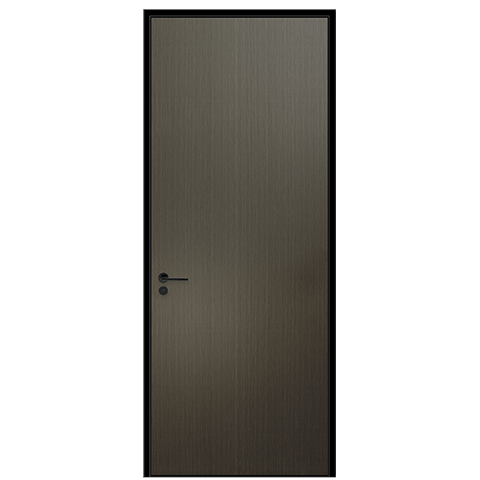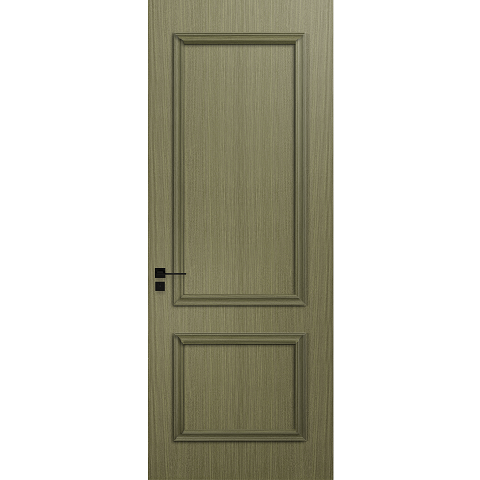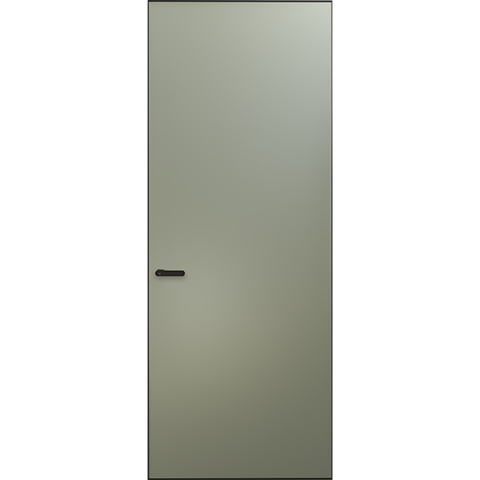How to choose door and window glass?
What are the common types of aluminum alloy door and window glass?
Aluminum alloy doors and windows have gradually become the fashion of modern households, and as an important part of aluminum alloy doors and windows, glass, has a great background. These glasses are carefully selected, scientifically designed, and have outstanding functions, which make the advantages of aluminum alloy doors and windows more obvious and improved. quality of life in the residence. So, what kinds of these aluminum alloy doors and windows are generally matched with? Take a look with the Baydee uPVC Profile.
Ordinary glass: a relatively common type of white glass, with a single layer having a thickness of five millimeters or six millimeters. The price is relatively cheap, and the heat resistance and impact resistance are not enough.
Float glass: Float glass is smooth and even on both sides, with good transparency, no glass boils, bubbles, etc., compact structure, heavy, easy to cut, not easy to break, it is the glass of civil buildings, its price is only slightly higher than ordinary glass.
Tempered glass: It is made of ordinary glass after high temperature processing and cooling, also known as safety glass, and its hardness is twice that of ordinary glass. Tempered glass has high hardness and is not easy to be broken, and it will not hurt people if it becomes particles after breaking, so it is also a kind of protective glass. Frosted glass is usually frosted on one side and normal tempered glass on the other.
Coated glass: Coated glass is also called heat reflective glass, which is uniformly coated with multiple layers of metal or metal oxide film on the surface of the glass, which can effectively control the transmission of visible light and near-infrared rays. It has good shading property, making indoor light soft and comfortable; it has good heat reflection ability, which can save energy.
Double-layer glass: The traditional single-layer glass is replaced with two pieces of glass, but the air layer between the two pieces of glass is not sealed with a good sealing material, resulting in a lot of dust and water vapor entering easily, and the performance is not very good.
Insulating glass:
It is an improved body of double-layer glass. It is made by using a high-strength and high-air-tight composite adhesive between two (or three) pieces of glass to bond the glass sheet to the aluminum alloy frame containing desiccant. Sound and thermal insulation glass. Guaranteed to keep the glass for a long time
for
Dry air layer, no water vapor dust, etc., this hollow can play the effect of heat insulation and sound insulation.
Laminated glass: Two or several pieces of glass sandwich an organic resin film, which is pressed by a hot press to discharge the intermediate air as much as possible, and then put into a high-pressure steam kettle to dissolve a small amount of residual air into the film at high temperature and high pressure. , with high strength properties. When the glass is broken, it still adheres to the pvb film, it will not fall off, the sound insulation performance is good, and it has the function of filtering ultraviolet rays.
Vacuum glass: Compared with insulating glass, the interlayer of vacuum glass is in a vacuum state. The thermal conductivity of this glass is greatly reduced, the quality is better, and the wind pressure resistance is twice that of insulating glass made of glass of the same thickness. However, because the production process of vacuum glass is complex, it cannot be easily mass-produced, and the price is high, so it is rarely used in general home decoration.
LOW-E glass: The LOW-E film layer is coated with a silver layer. LOW-E glass can reduce the solar radiation entering the room. It has a good thermal insulation and energy saving effect for heating and cooling in winter and summer. Under normal circumstances, the ordinary glass with three glass and two hollows has not used the single cavity glass of LOW-E. Radiation, convective heat transfer and heat conduction, while the need for more prominent thermal insulation and certain sound insulation performance needs to rely on LOW-E and hollow to achieve, that is, our common LOW-E insulating glass.
Of course, each glass has its own characteristics, which should be selected according to the needs, such as insulating glass with good energy saving, LOW-E glass with anti-ultraviolet rays, and laminated glass with safety. Today, share it here, see you next time!
 Hot Recommendation
Hot Recommendation
 Latest Products
Latest Products



